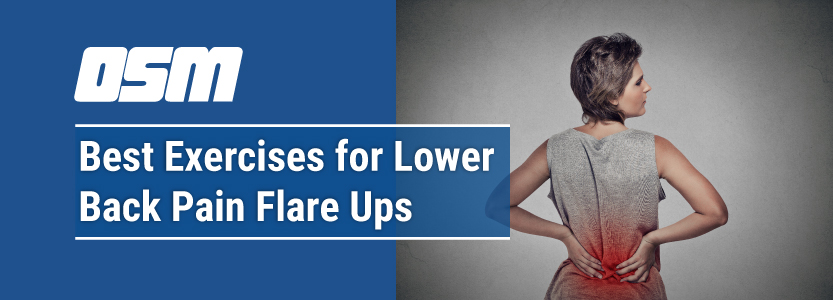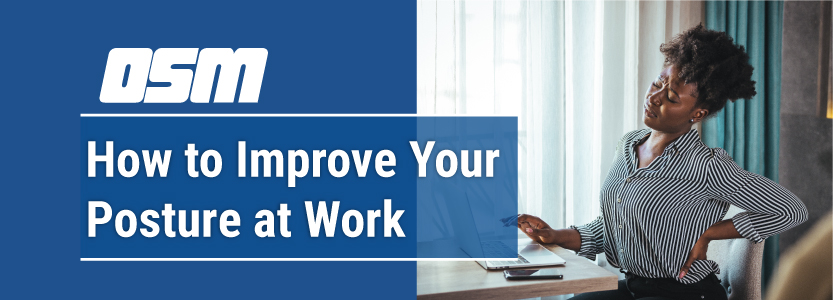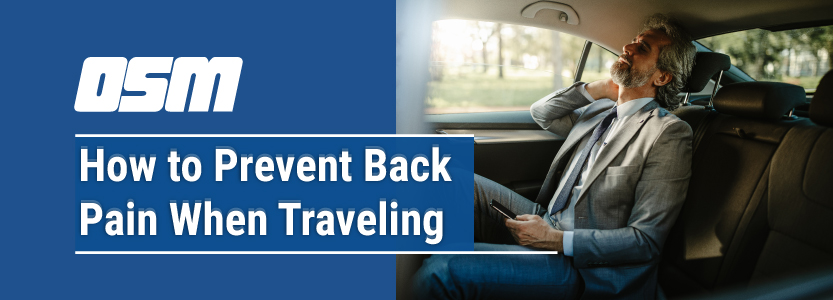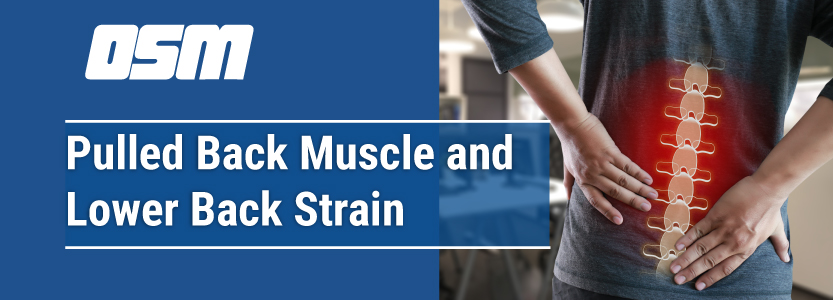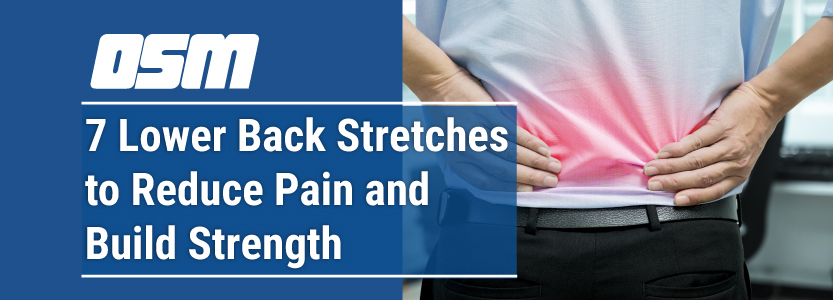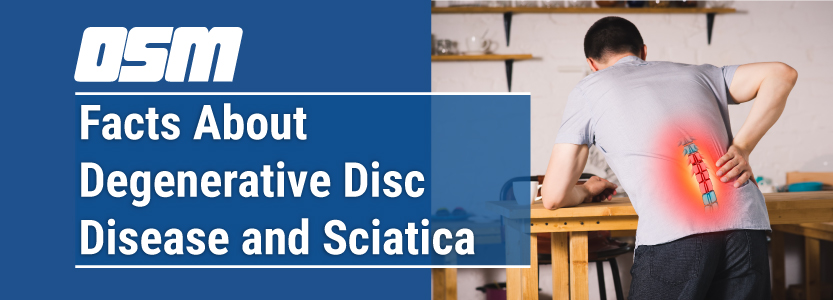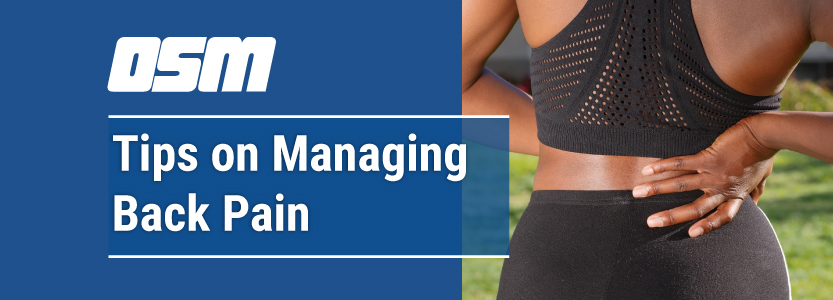Possible Ways to Fall Into Back Pain
A chill in the air, sweaters, football, pumpkin spice, and colorful leaves are all signs that fall is here. Cold weather is coming, which means this is your last chance before winter to get those outdoor maintenance tasks done that you’ve been avoiding in the summer heat. Injuries from cleaning are more common than you’d think, and millions of people visit the ER every year for anything from improper lifting to lawnmower accidents. We all want to get our outdoor chores done, but it’s best to avoid them making us sore! Back injuries, muscle strains, injuries from repetitive motion, accidents, and tendonitis all top the list for common fall cleaning injuries. Never underestimate the falls, slips, and trips that can happen in the blink of an eye!
Stay ahead of these injuries with the tips below to help prevent fall injuries happening to you!
Rake Smart
If you’ve ever raked a yard, you know it’s no joke. It can be a full-blown exercise routine, depending on the yard. Take these tips into consideration before you get started this fall!
- Warm Up: You don’t exercise without stretching first, so don’t rake either. Stretch for at least ten minutes first.
- Size Matters: Make sure you buy a rake that is comfortable for your strength and height. Some rakes come with padded handles to prevent blisters. If they don’t, get some gloves to protect your hands.
- See Clear: We know it’s chilly, but keep hats and scarves out of your line of vision. It’s easier to avoid tripping if you can see what’s in front of you on the ground!
- Alternate: If you hold the rake the same way the whole time, it will cause strain and soreness in certain muscles. Switch hand and foot position to avoid overusing the same muscles.
- Bend Your Knees: When picking up leaves or branches, make sure to bend at your knees. This will help prevent injuring your back.
- Resist the Slip: With fall comes rain, which can make for slippery leaves. Wear footwear that is slip-resistant to avoid slipping on wet leaves or grass.
- Keep It Light: Too many leaves can be too heavy, especially if they’re wet. Pack your bags light to avoid carrying too much weight to help prevent back strain.
Mow Safe
Maybe you mow the lawn regularly, or maybe it’s your first time. Either way, there are certain precautions anyone should take while operating a lawnmower.
- Turn It Off: Of course you need power to mow the lawn, but you need gas to get the power! Before you refuel your mower or perform any maintenance, make sure the engine is off and cool.
- Keep Your Extremities Away: Never clear debris from under the mower with your hands or feet; instead, use a broom or sturdy stick. Just keep your hands and feet away from the blades at all times. Even if the engine is off, don’t risk it.
- Keep Your Guard Up: Some lawnmowers come with guards, shields, and/or safety devices. Do not remove these! They are there for your protection.
- Turn It Off: Oh, was this already mentioned? Never leave your lawn mower unattended while running. Just don’t.
- Wear Shoes. Good Shoes.: Don’t mow the lawn barefoot, or in sandals. Tennis shoes are made for physical activity and you could be on your feet for a couple of hours with a push mower. Even on a riding mower, wear tennis shoes. They help protect your feet from debris.
- No Drinking: Well, you should drink water, but no alcoholic beverages. It seems like common sense to not be inebriated while operating a machine, but it needs to be said.
- Release: Buy a mower that has safety features like handle release. This stops the mower from moving forward if you let go of the handle.
- No Children: A young person should be at least 12 years old with supervision and training to operate a lawnmower. They should be 16 to operate a push mower.
Climb Carefully
When falling leaves clog up the gutters, it’s time to bring out the ladder. It’s very easy to get hurt using ladders, so take these tips into consideration the next time you climb one.
- Inspect: Any time you use a ladder, make sure you inspect it first. Check for loose screws and hinges, and clean off anything on the ladder like mud or liquids to avoid slipping.
- Level: Use a level and firm surface on which to place the ladder. Make sure all four legs are stationed evenly. Soft ground will cause it to move or tilt.
- Engage: Before you climb, make sure safety braces and hinges are engaged.
- Avoid the Top: Do not stand or sit on the pail shelf of a ladder (it’s the very top). This is not meant to support the weight of a person.
- Choose Wisely: If you don’t have the right ladder for the job, don’t do the job until you do. Use a step or utility ladder for low or medium heights and for high heights use an extension ladder.
- Get Off: If you get uncomfortable and need to stretch while you’re on a ladder, get off. It’s better to take the extra ten seconds to climb down and reposition. Tilting the ladder even a bit because you are stretching could cause it to tip over.
Remember
Not every tip can be categorized. Here you will find some other tips to remember this fall while working hard.
- Stretch Again: It’s best to stretch before any physical activity, but most people don’t remember to stretch again when they’re done. Just a quick ten minutes when you’re done will do your body wonders, and it’s a nice, relaxing cool-down.
- Water. Water. Water.: Remember to stay hydrated. Make sure you take breaks for water. If it’s hard for you to remember to take a break, then set an alarm on your phone.
- Dress Appropriately: When working outdoors in the fall, it’s good to dress in long sleeves and pants. The thicker the material the better, but it needs to be weather-appropriate also. Sleeves and jeans help protect your skin from bug bites, scratches, and sunburn.
- Goggles: If you’re using motorized equipment, remember to wear safety goggles. This protects your eyes from debris and dirt.
- Earmuffs: Same as with goggles, especially if the equipment is loud. Protect your hearing.
- Mask and Gloves: Chemicals are contained in things like fertilizer and insect poison. Gloves and a mask will help prevent inhalation of toxic chemicals. Also, keep anything with toxic chemicals away from pets and children.
The Orthopedic & Sports Medicine Center of Oregon is an award-winning, board-certified orthopedic group located in downtown Portland Oregon. We utilize both surgical and nonsurgical means to treat musculoskeletal trauma, spine diseases, sports injuries, degenerative diseases, infections, tumors and congenital disorders.
Our mission is to return our patients back to pain-free mobility and full strength as quickly and painlessly as possible using both surgical and non-surgical orthopedic procedures.
Our expert physicians provide leading-edge, comprehensive care in the diagnosis and treatment of orthopedic conditions, including total joint replacement and sports medicine. We apply the latest state-of-the-art techniques in order to return our patients to their active lifestyle.
If you’re looking for compassionate, expert orthopedic surgeons in Portland Oregon, contact OSM today.
Phone:
503-224-8399
Address
17355 Lower Boones Ferry Rd Suite 100A
Lake Oswego, OR 97035
Hours
Monday–Friday
8:00am – 4:30pm


